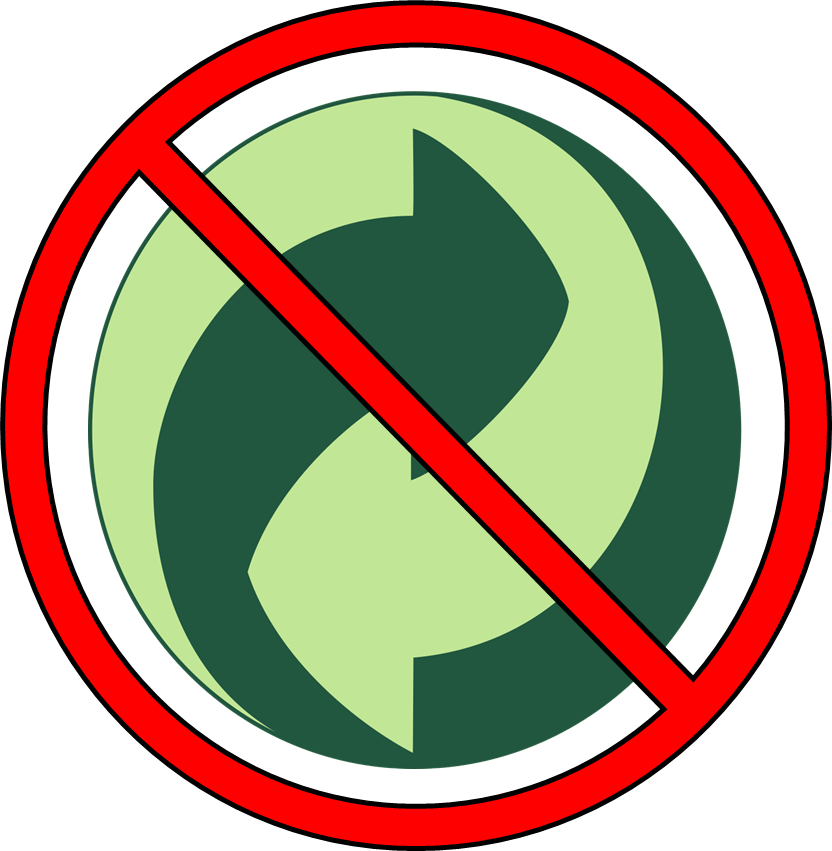The Death of the Green Dot as We Knew It
by Jennifer Brook at 16:05 in Circular Economy, Packaging, Content, Emerging
Producers selling packaged goods in the EU will no longer be able to put the Green Dot on their packaging.
The Life of the Green Dot
We've all seen the Green Dot: a green circle made of two arrows, normally placed on the corner of packaging. But what does it mean?
The original idea behind placing the Green Dot on packaging was to show that the producer had paid their EPR fees to a Producer Responsibility Organisation (PRO), and were thus compliant with EPR laws. The requirement to join and pay fees to a PRO was born out of the EU's 'Packaging and Packaging Waste Directive' (PPWD) in 1992, and this has been implemented in various ways in the different EU countries.

The Decline of the Green Dot
The Green Dot used to be mandatory in many European countries. However, as outlined in a previous Lorax EPI blog, the Green Dot began to be phased out in 2021, with only Spain and Cyprus keeping it as a legal requirement. This led to a ‘barrier to trade' dispute with France, as they had instead banned the Green Dot – the consequence was that the Green Dot became voluntary throughout all EU countries.
The Death of the Green Dot
As is popular news in the packaging world, the PPWD has just been replaced by the PPWR, the EU's ‘Packaging and Packaging Waste Regulation'. This is a Regulation as opposed to a Directive, meaning it will automatically apply in every EU country, it does not need to be transposed into local law like the PPWD. Part of the new PPWR states that no on-pack labels will be allowed that show PRO membership. The information can be stored online, and/or provided digitally to consumers (e.g., by providing a QR code on the packaging), but the label cannot be printed or stuck on the packaging itself. The Green Dot is an example of a label designed to show membership to a PRO, so essentially this means that the Green Dot will be banned.
What labels am I allowed to use?
All recycling labels must comply with EU regulations from the PPWR, from August 2026. If your label complies with EU requirements, you would not be penalised in any EU member state, regardless of whether the label meets member state laws or not. But what are those EU requirements, what are the current country-level labelling requirements, and most importantly, what does that mean for your company specifically?
If your business needs help understanding changes to European (or global) labelling requirements, contact one of our experienced Research & Consulting team at Lorax EPI today.
 Click here to receive regular updates on blog posts, webinars, and regulatory changes directly to your inbox
Click here to receive regular updates on blog posts, webinars, and regulatory changes directly to your inbox

